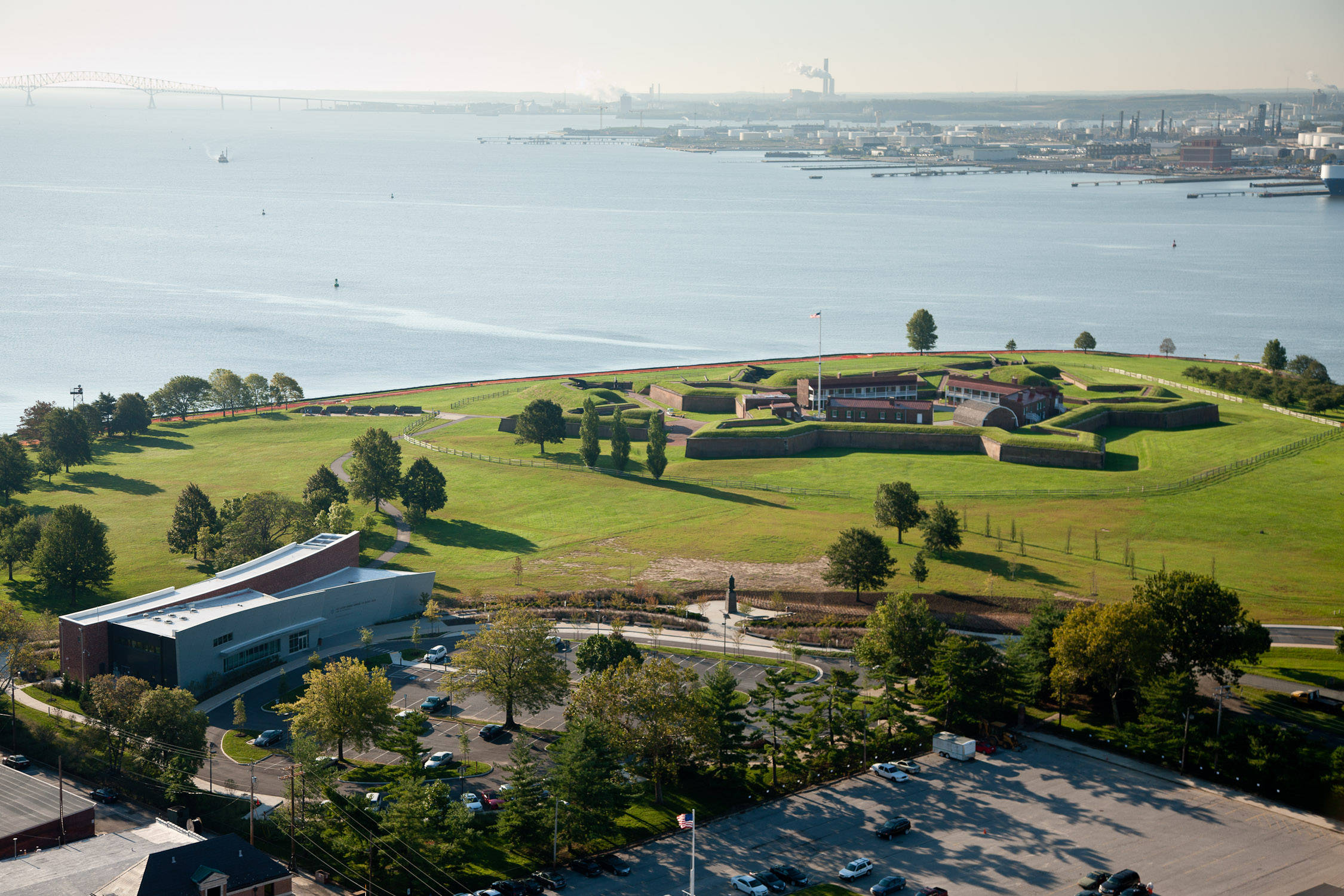 Since our nation's fight for independence, the U.S. Army Corps of Engineers has played a vital role in the development of our country. The first known Corps project in the Baltimore region was the building of Fort McHenry, built in 1799 on a small island in the Baltimore harbor at the time of the Quasi-War with France. It was named for Secretary of War James McHenry.
Since our nation's fight for independence, the U.S. Army Corps of Engineers has played a vital role in the development of our country. The first known Corps project in the Baltimore region was the building of Fort McHenry, built in 1799 on a small island in the Baltimore harbor at the time of the Quasi-War with France. It was named for Secretary of War James McHenry.
As the threat of a coastal attack diminished during the 1820s, the nation turned its attention to developing roadways, railways, railroads, canals and communications networks. The assistance provided by Army engineers marked the beginning of Baltimore's Civil Works mission.
Today, the Baltimore District team of roughly 1,200 employees manages a large and diverse workload. Through the execution of Military, Civil Works and International and Interagency programs, Baltimore District provides design, engineering, construction, environmental and real estate expertise to a variety of important projects and customers. This support spans across Maryland; northern Virginia; Washington, D.C.; West Virginia; Pennsylvania; Delaware; lower central New York; overseas; and across the Susquehanna, Potomac and Chesapeake Bay watersheds.
Within the North Atlantic Region, the district supports the construction of state-of-the-art Army medical and technological research facilities; the design and cleanup of formerly used defense sites (FUDS) and civilian sites; performs the unique mission of providing drinking water to the District of Columbia, Arlington County and Falls Church, Va.; and is the geopolitical capital of the Base Realignment and Closure 2005 mission, meeting the challenges of an unprecedented $7.1 billion military construction workload.
Baltimore District is a diverse organization, ready to meet future challenges, whatever and wherever they might be.
Several books have been written regarding the history of the Baltimore District and can be downloaded as PDFs from the USACE Digital Library, including the following books:
- The mid-Atlantic engineers: A history of the Baltimore District, U.S. Army Corps of Engineers, 1774-1974
- A city for the nation: The Army engineers and the building of Washington, D.C., 1790-1967
- Capital engineers: The U.S. Army Corps of Engineers in the development of Washington, D.C. 1790-2004
- A historical summary of the work of the Corps of Engineers in Washington, D.C. and vicinity, 1852-1952
- The Washington Aqueduct, 1852-1992
- A monument to an engineer's skill: William P. Craighill and the Baltimore Harbor
- WUB4 - A history of radio communications in the Baltimore District, Corps of Engineers, United States Army (1941 to 1974)
- The Baltimore engineers and the Chesapeake Bay, 1961-1987
- The Corps responds: A history of the Susquehanna Engineer District and Tropical Storm Agnes
- A district in transition: The Baltimore District prepares for the 1980's: A historical update 1975-1980
- An era of change: A history of the Baltimore District, U.S. Army Corps of Engineers 1974-2008